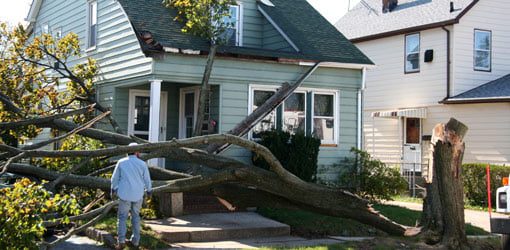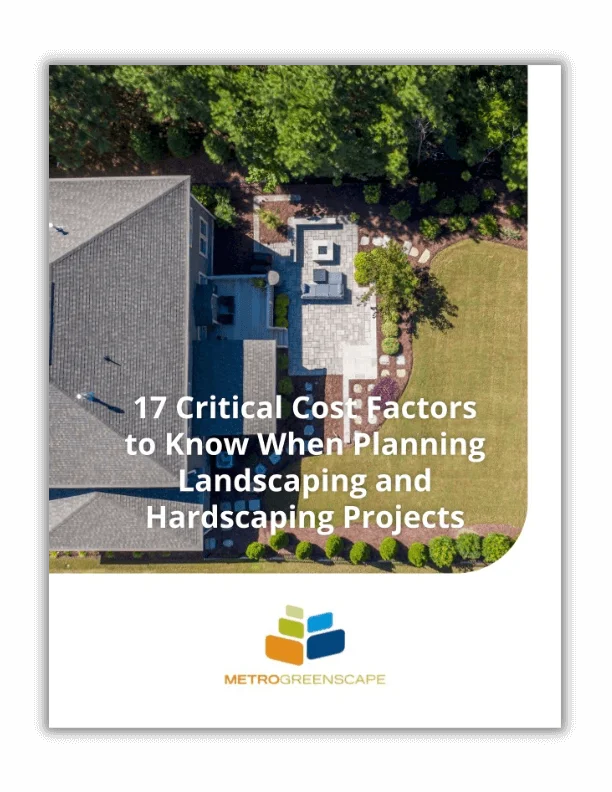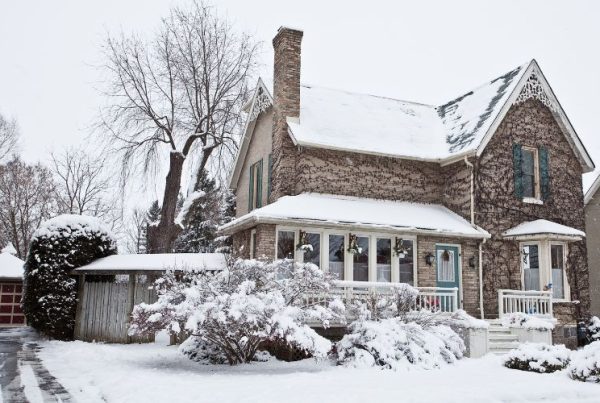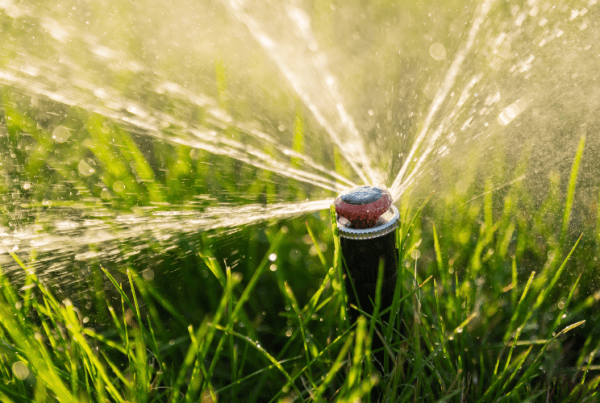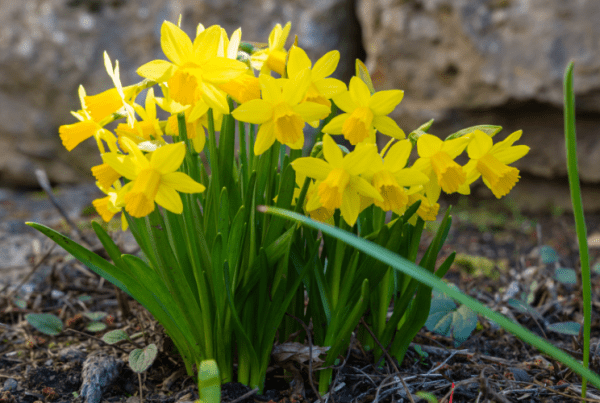Even though Charlotte is about four hours inland, hurricanes still come through from time to time. A Category Five storm, Hurricane Hugo came through in 1989 and left its mark on the Charlotte region. And just last year, Hurricane Dorian hit the North Carolina coast. While it didn’t cause severe damage in Charlotte, the heavy winds and rain were enough to wreak havoc on the yards of many homeowners.
So, how do you hand yard damage and debris after a hurricane?
Once the storm is over, the damage remains. Whether it’s fallen trees, limbs, debris or standing water, cleanup can be a challenge. The first thing to do is step back, review the damage and formulate a plan. What can you do yourself and what do you need to hire someone to take care of for you?
To figure out which projects to handle now and which require a professional, there are a few important points to keep in mind.
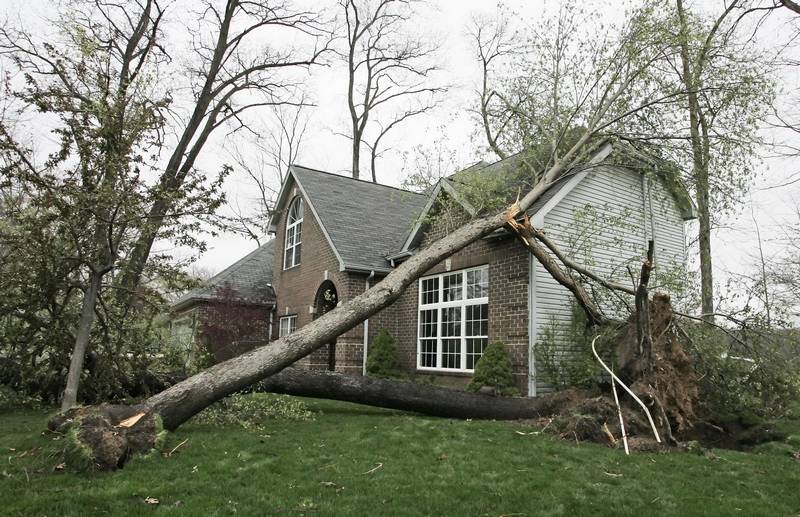
Safety Must Always Come First
Safety first! Don’t work alone and always make sure the area is safe before you do any kind of inspection or cleanup work.
The very first thing you need to do is check for fallen or sagging power lines. Even though people might be in a rush to clean up their yard, utility lines can be hard to see. They may be hidden branches or tangled in trees. In order to spot them, take a look at the power pole. Then, follow the power lines. If they are present in the yard, do not go anywhere near them. This is a job for the professionals. If this is the case, immediately call your utility provider.
Another important safety tip while working in the yard is to always wear gloves. It is often hard to tell if there are sharp objects hidden. This might include trees with broken or jagged branches, yard equipment, or even glass. Always wear gloves.
Finally, it is critical to wear solid, close-toed shoes and eye protection when evaluating and cleaning up your yard. It is easy to step on something or have a piece of debris fly through the air. Make sure you’re protecting the most important and exposed areas of your body with proper clothing and safety gear.
Start Cleaning Up Your Yard
Once you’ve ensured your yard is safe and you have the proper gear, you can start cleaning up the hurricane damage.
Look at the Foliage Closely
Inspect your trees. Look for fallen branches, split tree trunks, and broken treetops. Large trees that are structurally damaged may need to be removed. To remove large trees, you should call in a professional who can complete the task safely.
For smaller trees that you want to get started on yourself, make sure you’re working safely. Even though it can be tempting to try to tackle some of the trees, particularly if they are near the house, it is critical to prevent them from snapping or breaking, which might lead to more house damage. Furthermore, if home insurance is going to reimburse the cost to repair the damage, it is important to have professional documentation. This is another reason you may want to call professionals.
However, you can and should prune smaller trees, shrubs, and perennials damaged by the storm, especially if you don’t have regular lawn care services. Keep in mind that some of these may not come back and you may need to consult a professional to determine if they can be replanted or need to be replaced.
Pick up twigs, leaves, and debris. The branches make excellent firewood, and the leaves can be composted.
Handling Drainage Issues
Look for drainage issues. Soil erosion can cause changes to drainage and may need a plan to correct. If you have standing water, this may be a health hazard. Make sure to use protective clothing and gloves. You may plant water-loving-shrubs or trees near the affected areas.
It is important to note that many of the issues with drainage following a hurricane comes from overloaded pipes. This could stem from damage to the pipe itself, saturated ground situations, and even tree roots or animals that might be lodged in the drainage system. Therefore, this might not have anything to do with the home system. While it can be tempting to investigate drainage issues, it is always better to leave this to the professionals, particularly if standing water is present in the yard. Keep in mind that serious health issues can arise from entering standing water. Of course, if there is any kind of current from the yard to the street, such as flooding, stay away from it.
Erosion Issues Following a Hurricane
Erosion may also have affected your retaining walls, decks, patios, and other Charlotte landscaping or hardscaping features. The sheer force of a hurricane is enough to lead to serious erosion problems. Hurricanes bring with them not only rain but the wind as well. The rain saturates the ground, making the soil extremely heavy. When this is combined with the extreme force of hurricane winds, it is easy to see how the soil will start to move.
Sadly, this is bad news for retaining walls, decks, and patios. Without this support, these critical structures may start to move. This is a common source of hurricane damage. The good news is that professionals are available to help with hurricane repair processes as well as hurricane cleanup.
It is tempting for homeowners to go out and try to fix these erosion issues quickly; however, without knowing how to properly assess the damage and come up with a repair plan, this could make the problems worse. Furthermore, some homeowners might think their decks and patios are repaired; however, when they go to use them, they might show structural problems that can lead to injury.
Do Not Forget to Take Photos
When it comes to Charlotte hurricane cleanup, one of the most common mistakes people make is not taking photos. Most people don’t know the ins and outs of their home insurance policies; however, anyone who would like to maximize the benefit they get from the insurance company must take pictures of the damage. These pictures will serve as proof that the claims are legitimate.
For example, many people assume that a home insurance company is going to cover the cost to remove a tree that is present in the yard, but some policies will only remove the tree if it damaged your home or presents a future danger to the house. If it is laying in the yard, this might be considered regular home maintenance. While this is not true in every case, it is a common example of a discrepancy the insurance company might pose. In order to prevent this from happening, it is important to take pictures.
Rely on the Help of Trained Professionals for Lawn Care and Cleanup after a Hurricane
The process of cleaning up after a hurricane can be a challenge; however, there are trained professionals who are willing to lend a helping hand to those in need.
MetroGreenscape is here to help assess your landscape needs. Please feel free to call us at 704-504-0980 or email storm@metrogreenscape.com.
Here are a few links if you are a DYI’er.

